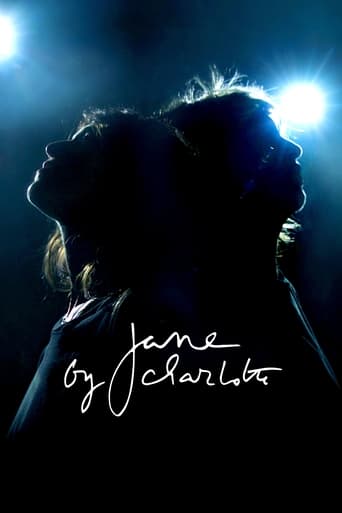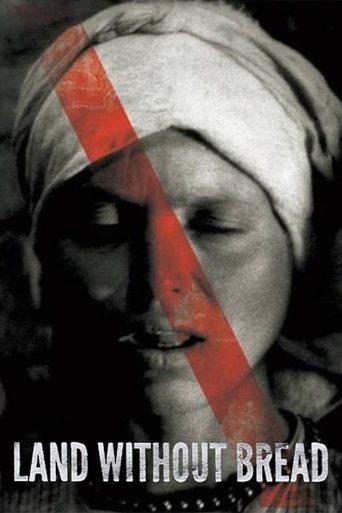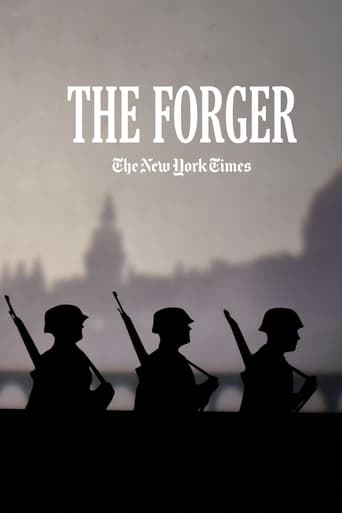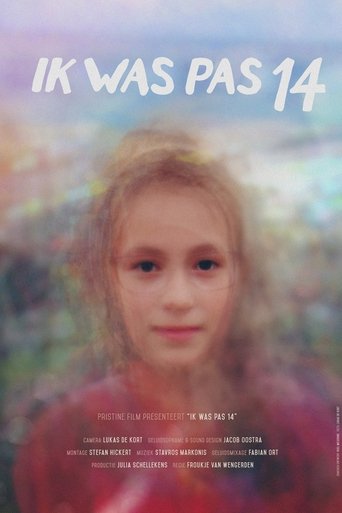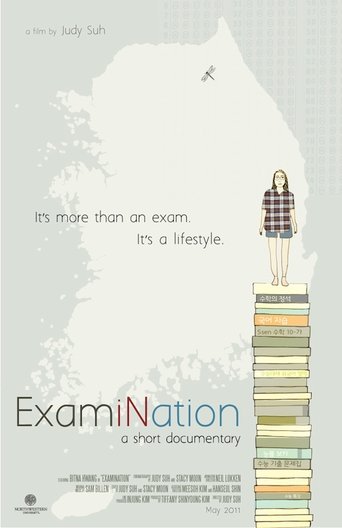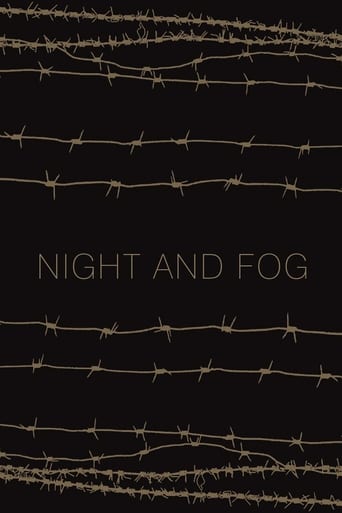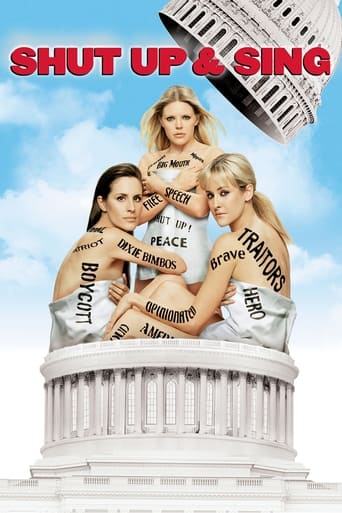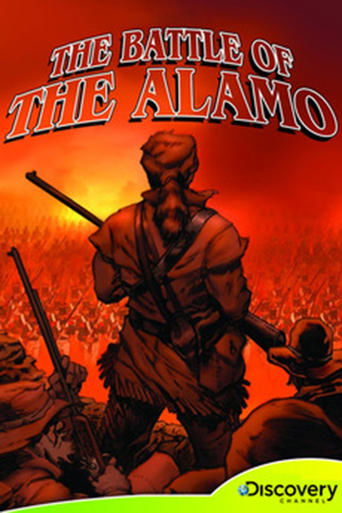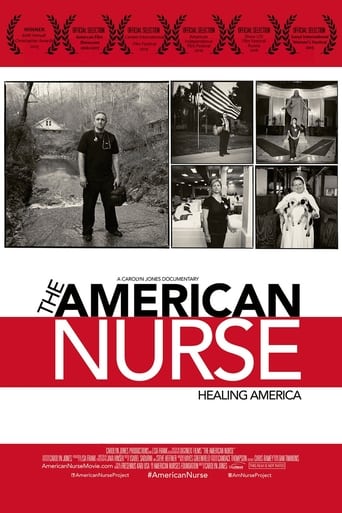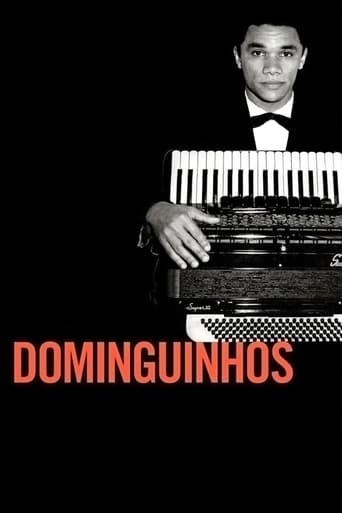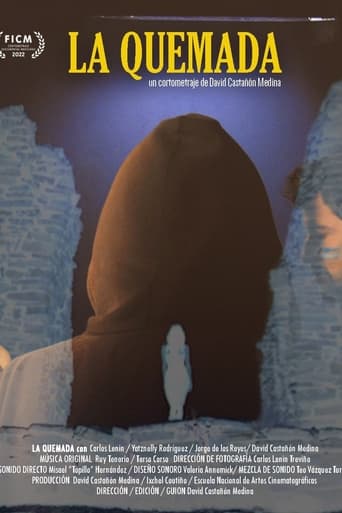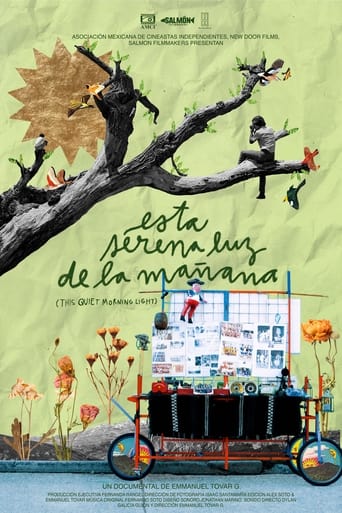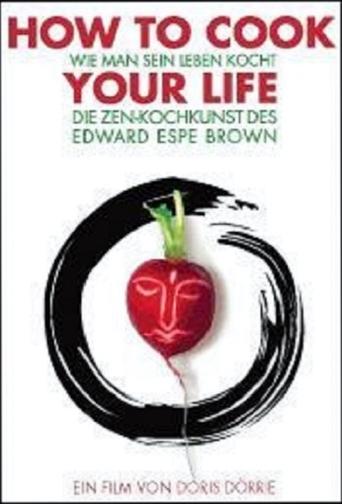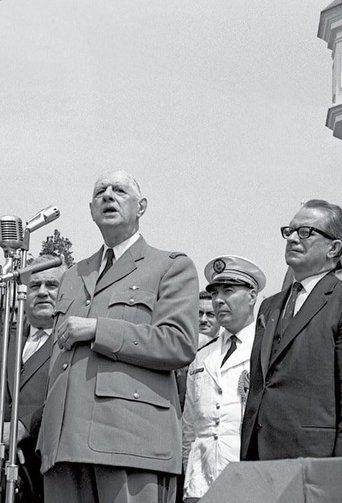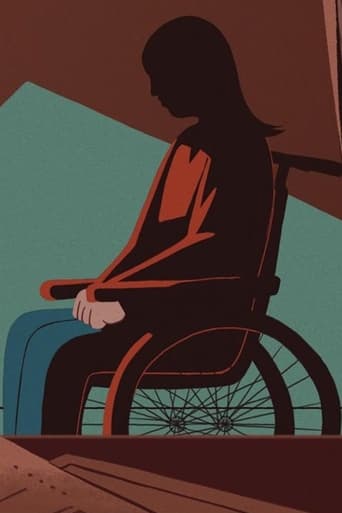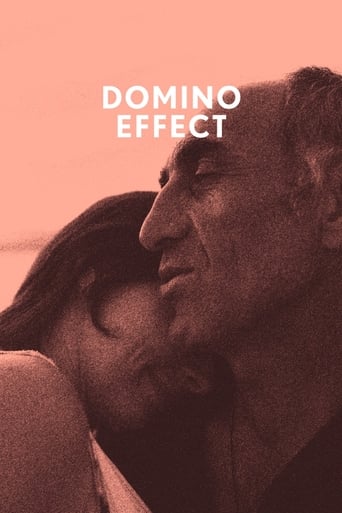A Story of Healing
In January, 1997, a team of five nurses, four anesthesiologists, and three plastic surgeons arrive in Vietnam from the United States for two weeks' of volunteer work. They operate on 110 children who have various birth defects and injuries. They also talk to the film crew about why they've made this trip and what it means to them. We watch them work, and we see the children, their families, and their surroundings in the Mekong Delta. Over the closing credits, Dionne Warwick sings Bacharach and David's "What the World Needs Now Is Love".
